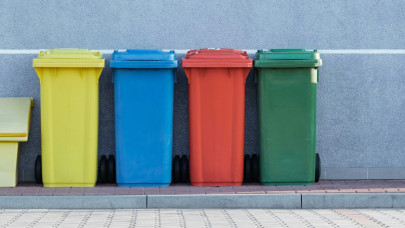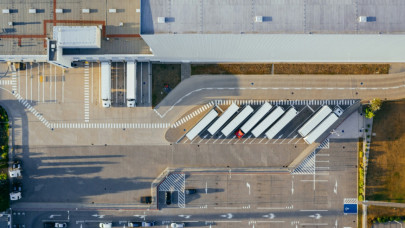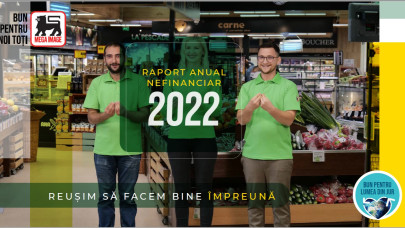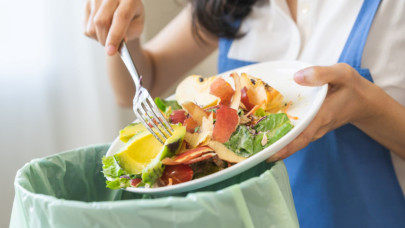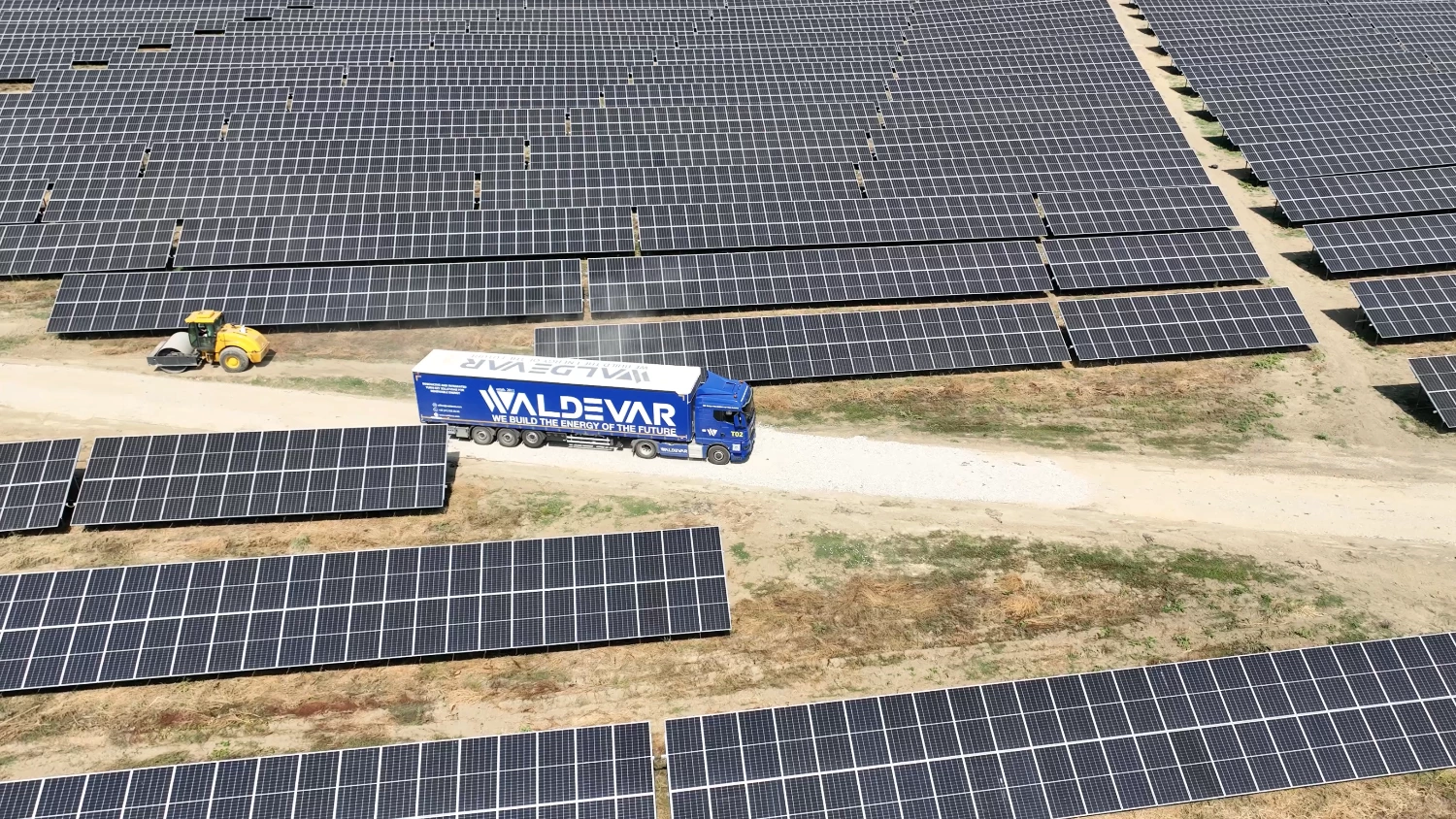The remaining 46% was waste generated upwards in the food supply chain: 21% by the manufacture of food products and beverages group (28 kg), 9% by restaurants and food services (12 kg), 9% in the primary production (11 kg) and 7% in the retail group (9 kg).
This information is part of the first dedicated statistical monitoring of the amount of food waste in the EU by sector of activity according to the NACE rev. 2 classification and by households.
Tackling consumer food waste remains a challenge both in the EU and globally.
29 of September also marked the International Day of Awareness of Food Loss and Waste.
2021 data is not available for Czechia, Germany, Greece, Spain, Cyprus, Malta, and Romania. Eurostat has estimated the EU aggregates on the basis of 2020 data.
Food waste consists of parts of food intended to be ingested (edible food) and parts of food not intended to be ingested (inedible food). Food waste is any food that has become waste under these conditions: it has entered the food supply chain, it has then been removed or discarded from the food supply chain, or at the final consumption stage, it is finally destined to be processed as waste.


